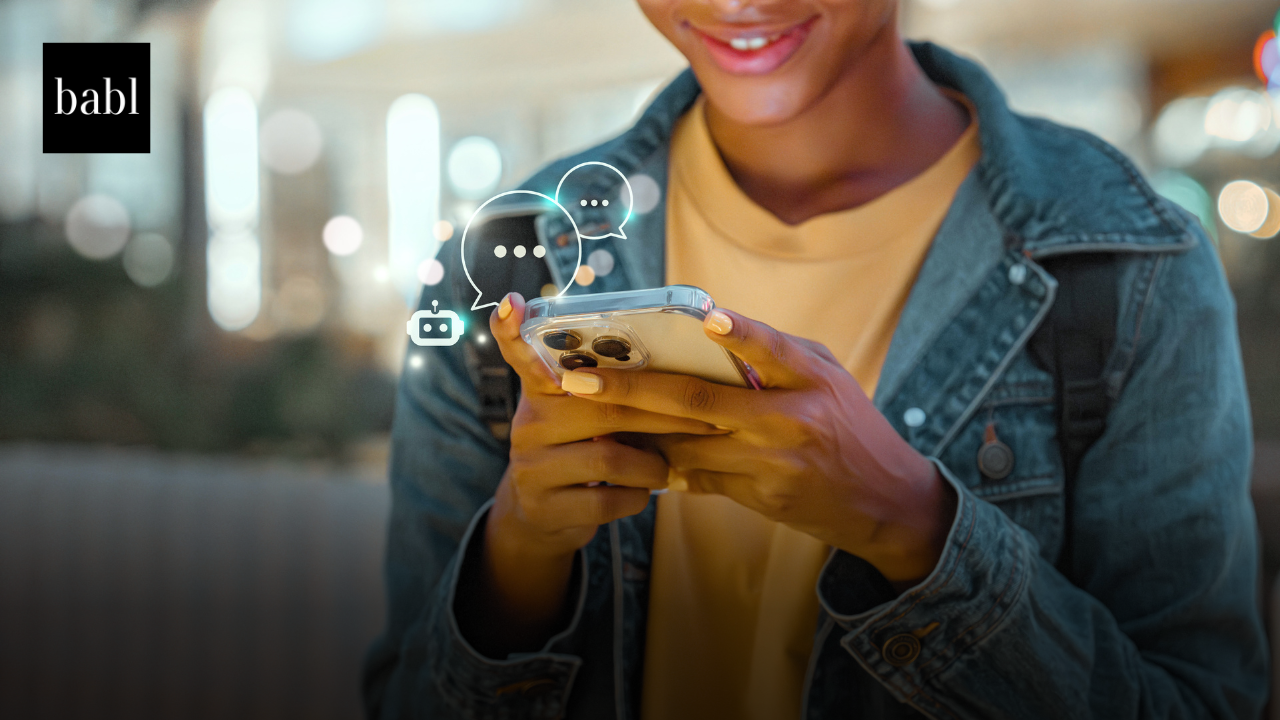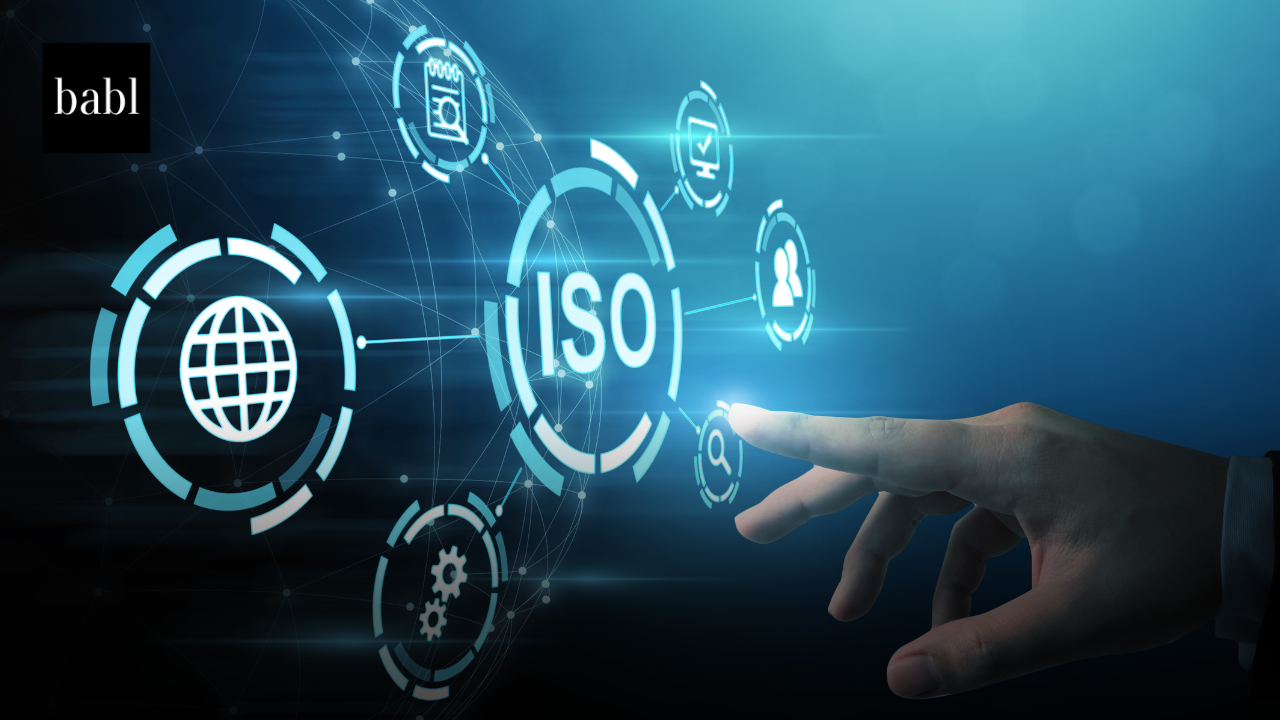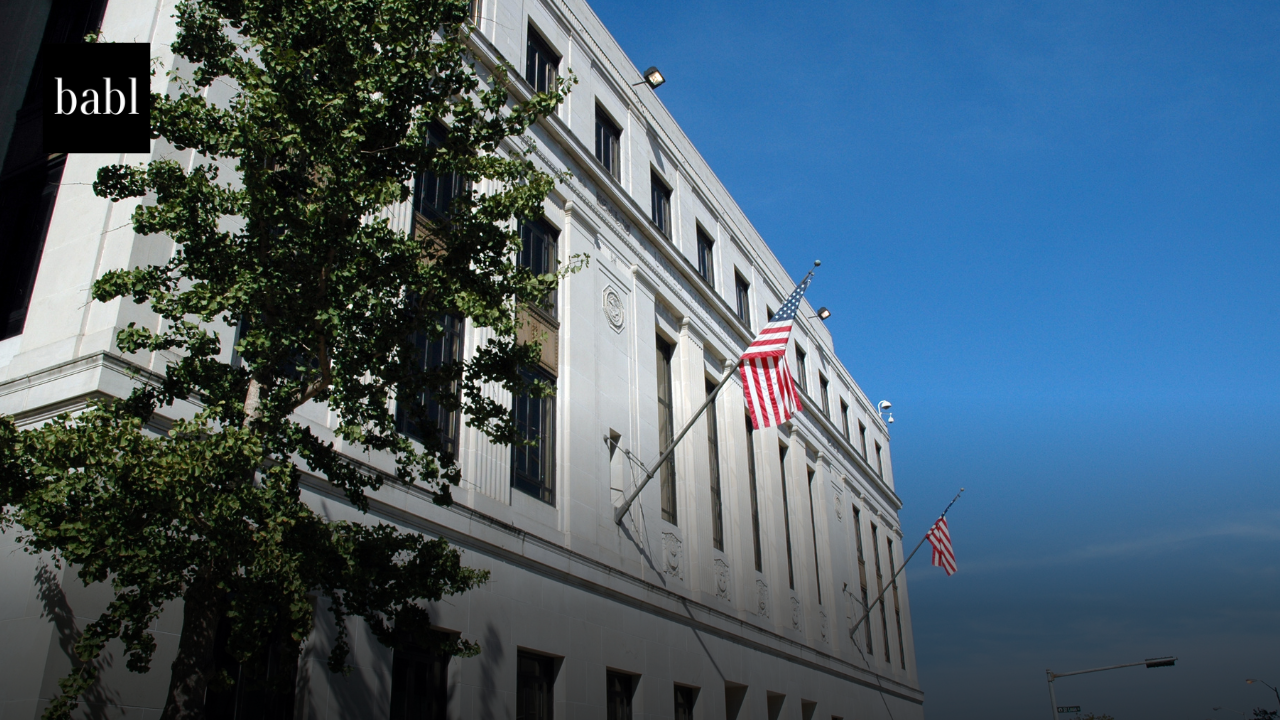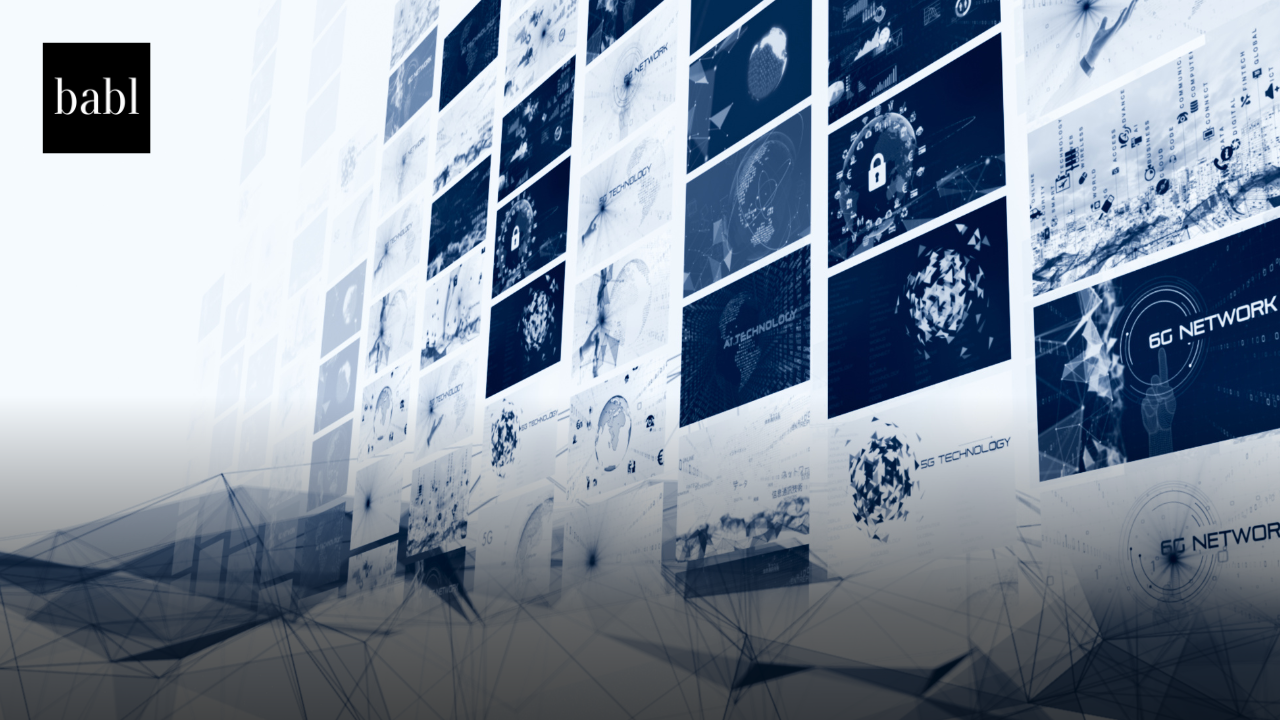A large-scale field experiment conducted by researchers from Harvard Business School, the Wharton School, and Procter & Gamble suggests that generative AI can effectively serve as a “cybernetic teammate,” enhancing not just workplace productivity but also emotional engagement and cross-functional collaboration.
The study, titled “The Cybernetic Teammate: A Field Experiment on Generative AI Reshaping Teamwork and Expertise,” involved 776 professionals at Procter & Gamble (P&G) who were assigned to develop new product ideas either with or without AI, and either individually or in teams. The research sought to examine whether AI could replicate or even enhance the benefits traditionally associated with human teamwork—performance, expertise sharing, and emotional engagement.
One of the study’s most striking findings was that individuals using AI performed at the same level as two-person teams without AI. On average, AI-enabled individuals improved solution quality by 0.37 standard deviations, while teams without AI improved by 0.24. Teams using AI experienced a 0.39 standard deviation boost—suggesting that while AI enhances performance for everyone, it may be particularly powerful for individuals working alone.
Participants also spent significantly less time completing tasks with AI. Individuals saved about 16% in time, while teams saved 13%, even as their solutions were longer and more comprehensive. The researchers noted this gain in both efficiency and quality could allow organizations to rethink how they structure knowledge work.
The study also revealed that AI disrupted traditional functional silos. Without AI, research and development (R&D) professionals tended to suggest technical solutions, while commercial participants focused on market-oriented ideas. When AI was introduced, both groups produced more balanced proposals that integrated technical and commercial perspectives—indicating that AI can help bridge professional divides and promote interdisciplinary thinking.
Notably, employees with less product development experience benefited the most. With AI support, these “non-core” professionals generated ideas that matched the quality of experienced teams. This democratization of expertise could be especially valuable for large organizations trying to upskill employees or address talent shortages.
Contrary to concerns that AI may alienate or disengage workers, the experiment found that participants reported more positive and fewer negative emotions when using AI. Those with AI reported higher enthusiasm and energy, and less anxiety and frustration—mirroring the emotional benefits typically associated with human collaboration.
Interestingly, these emotional boosts also correlated with an increased willingness to use AI in the future, indicating a reinforcing cycle of engagement and learning.
The results challenge conventional wisdom about team structures and raise important questions about how workplaces should integrate AI. If individuals can perform as well as teams with the right AI tools, companies might consider smaller, more agile work units—or leverage AI to extend the reach of individual contributors.
However, the study also found that AI-augmented teams were more likely to generate top-tier ideas, suggesting that the combination of AI and collaboration may be key for breakthrough innovation.
The authors conclude that AI is no longer just a productivity tool—it’s becoming a genuine teammate. As organizations look to integrate AI into their workflows, the research encourages them to focus not only on operational gains but also on how AI reshapes social dynamics, expertise sharing, and employee satisfaction.
Need Help?
Keeping track of the growing AI regulatory landscape can be difficult. So if you have any questions or concerns, don’t hesitate to reach out to BABL AI. Their Audit Experts can offer valuable insight, and ensure you’re informed and compliant.





